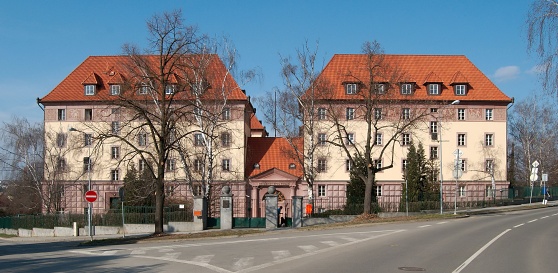
Ninety years ago, the Kounic Student Halls were officially opened
 |
The dormitories were built thanks to a donation from Václav and Josefína Kounic in 1908. Construction itself began in 1922 due to adversity from the predominantly German political representation of Brno at the time and the later war turmoil, with the first students moving into the new accommodations in November of the following year. In November 1939, the gestapo raided the dormitories, taking 173 students to the Sachsenhausen concentration camp.
After the end of World War II, there was consideration to convert the Kounicov dormitories into a memorial of the resistance, but ultimately the opinion favored returning the building to its original purpose. The victims of Nazism are commemorated not only by an exhibition but also by a stone pylon, sculptures of St. Wenceslas and a martyr at the site where the Nazis shot prisoners, and three granite stands in the courtyard of the dormitories where gallows once stood.
The English translation is powered by AI tool. Switch to Czech to view the original text source.
0 comments
add comment










